Leveraging IoT devices to mitigate workforce shortages and improve work health and safety
Introduction
The agriculture industry has always been reliant on a skilled and dedicated workforce. However, in recent years, the sector has faced significant challenges due to workforce shortages, driven by factors such as aging populations, migration trends, changing workforce markets, and the disruptive impact of the COVID-19 pandemic. The silver lining in this scenario is the rise of IoT (Internet of Things) devices, which have emerged as a powerful tool to reduce the impact of workforce shortages in agriculture. In this blog article, we will explore how IoT devices are transforming the industry and enabling farms to thrive despite workforce challenges while also enhancing work health and safety.
The role of IoT devices in agriculture
IoT devices are interconnected sensors and machines that collect and transmit data over the internet. In agriculture, these devices have found a wide range of applications, from monitoring crop health to enhancing resource use and automating workforce-intensive tasks. Here's how IoT is making a difference, not only in addressing workforce shortages but also in improving work health and safety.
Precision agriculture: IoT sensors can monitor soil moisture, temperature, and nutrient levels in real-time. This data allows for precise irrigation and fertilisation, reducing the need for a manual workforce while improving both crop yields and worker safety.
Remote monitoring and control: IoT-enabled machinery and equipment can be remotely monitored and controlled. This eliminates the need for constant on-site supervision, reducing the exposure of workers to potential risks and allowing for more efficient resource allocation.
Workforce-intensive task automation: Many workforce-intensive tasks, such as weeding, harvesting, and fruit picking, can be automated using IoT-powered robots and drones. This not only reduces the need for a human workforce but also increases the speed and efficiency of these tasks while reducing the risks associated with a manual workforce.
Predictive maintenance: IoT devices can monitor the condition of farm machinery and predict when maintenance is required. This prevents costly breakdowns and reduces downtime, promoting safer working conditions.
Data-driven decision-making: IoT generates a wealth of data that can be examined to make informed decisions. Farmers can use this data to enhance planting schedules, pest control strategies, and more, reducing the need for constant manual oversight, and ensuring that workers are not exposed to unnecessary risks.
Animal welfare monitoring: In animal agriculture, IoT sensors can monitor livestock health, feeding patterns, and environmental conditions, ensuring early detection of issues and reducing the need for manual checks while also promoting the well-being of farm animals.
Workforce efficiency: IoT helps farmers allocate workforce resources more efficiently by providing real-time information on task progress and resource availability. This ensures the available workforce is used optimally while reducing risks to worker health and safety.
Scalability: IoT solutions are scalable, making them suitable for farms of all sizes. Whether it's a small family farm or a large agribusiness, IoT can adapt to meet specific workforce challenges, enhancing safety across various agricultural settings.
Benefits of IoT in reducing workforce shortages and enhancing WHS
Increased productivity: IoT devices improve overall farm productivity by automating tasks, reducing downtime, and improving resource use, while also reducing the workload and potential risks for human workers.
Workforce cost savings: While there may still be a need for a skilled workforce, IoT reduces the demand for manual, low-skilled work, thus saving on workforce costs and reducing workplace risks.
Consistency and reliability: IoT devices work around the clock, ensuring that tasks are performed consistently and reliably, even during workforce shortages, reducing the risk of errors and accidents.
Data-driven insights: The data collected by IoT devices provides valuable insights for enhancing farm operations and making informed decisions, leading to safer and more efficient practices.
Sustainability: By reducing the need for excessive workforce, IoT contributes to more sustainable farming practices by conserving resources and reducing environmental impact. Additionally, it reduces worker exposure to hazardous conditions, promoting overall health and safety.
Conclusion
In the face of workforce shortages in agriculture, IoT devices have emerged as a transformative solution. These interconnected sensors and machines offer a wide array of benefits, from automating workforce-intensive tasks to improving resource efficiency and sustainability. IoT's ability to collect and examine real-time data empowers farmers to make informed decisions and enhance their operations. As technology continues to advance, the role of IoT in mitigating workforce shortages in agriculture is likely to expand, ensuring a more prosperous and resilient future for the industry. Embracing IoT is not just an option; it's a necessity for farms looking to thrive in an increasingly challenging workforce landscape while also enhancing work health and safety.

